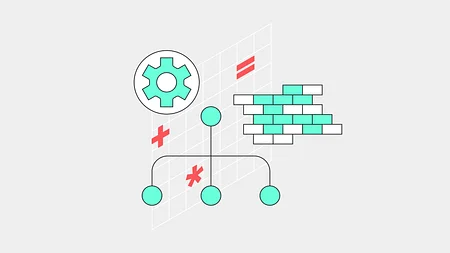Platformification: Taking your bank to the next level

It’s time to accept that digitisation is not going to create the step change needed. Banks need to realise the benefits of being born digital and the boost to services it provides.
Platformification has been the ‘biggest banking trend’ a few years running. A concept built on the platform models that have been central to so much digital transformation across an array of industries.
But while the concept may be trending, the lack of delivery from anyone suggests a great deal of confusion on the issue. So what is platform banking? And why does it matter?
Network effects
Much like how Netflix can plug in and play different tv shows from different providers to deliver shows that customers love; platform banking can literally plug in and deliver third-party financial services. That is meant to give customers optionality, enable economies of scale and tap into the ‘sharing’ nature of digital ecosystems. But that’s hit a snag as current banking business models are not geared towards network effects.
Every time a new customer joins one of these platforms, there is little to no impact on other customers. Unlike, for example, social media platforms where every new user is someone for existing customers to potentially interact with. As each new user joins a social platform, it boosts the quality of the experience. Incumbents and challenger banks are still trying to find ways to network the customer experience. Unfortunately, attempts are rooted in referral schemes with a small monetary bonus. An idea that often falls prey to referral farmers and disused accounts.
But the network effects don’t have to be targeted at customers. That’s the appeal of banking as a platform. API providers are a litany of various companies with various specialisms. And with each API that joins on to a platform the stronger the total offering to customers.
Technology platforms in banks are from yesteryear
David M. Brear, 11:FS CEO
Platforms haven’t been able to taken off despite being the ‘biggest banking trend’ for at least three years running. Strategy is part of it, but it’s also because the technology just wasn’t there. Monolithic architecture doesn’t easily lend itself to exposing APIs or being extended out. The problem isn’t just that the current systems are from yesteryear, it’s that the concept of platformification didn’t exist when they were built.
It was never meant to be networked. Or provide a platform. It was cutting edge technology when it was implemented decades ago and it’s still powerful. It was envisioned as a siloed and secure product. A product that would never change or fail.
Today’s technology has developed to a point where architecture, that is born digital, is capable of greater security and benefits. Including micro-failures so that even when part of the service fails, the bank is still able to serve customers.
Now is the time for platform banking to come into its own. With the right platform, thousands of transactions per second are possible without causing an issue. Just ask Alibaba or Amazon. It’s made possible by collaborating with specialists who solve for one particular issue. Collaborating with multiple specialists will allow banks to deliver an offering to customers that outstrips what’s already on the market.
Working symbiotically
The relationship between a platform (the underlying company, that is) and providers on the platform is not a partnership
Ron Shevlin, Director of Research at Cornerstone Advisors
It’s not a partnership, that’s true. But it is a symbiotic relationship, working together API-providers and banks can create something stronger than they could alone. Similarly to how cloud banking platforms are creating a foundation for banks, platforms create a foundation for APIs.
But this doesn’t mean that partnerships can’t happen in the platformification process. They just need to start before the platform is made, the partnership underpinning the build, as you can see with 11:FS Foundry, or partner with an API focus. Platforms are a space for partnerships to take effect.
Creating APIs through collaboration or multiple APIs designed to work in harmony are potential partnership methods vendors can employ. Just two of many. Platformification affords an expansion of services that’s only limited by the imagination of API developers.
The security, movement and performance aspects of banking have traditionally been performed by banks themselves. But banks can’t keep up, technology is moving too fast. That’s where platformification can fill in the gaps. Platformification can create a path for relationship-building with API providers and constructs a space for those providers to access a wider customer base.

It’s B2B2C at its finest. Every participant is made stronger through the relationship. Businesses make money and customers have a product offering at their fingertips which empowers them and their control over their money in a way that banking today simply doesn’t.
And that’s why the platformification of banking matters. With it, banks can offer a superlative overall product that outperforms anything currently in the market. Yes, that includes the digital challengers. Without it, banks are spinning their wheels on failed digitisation projects and destined to fall further behind as new entrants, and incumbents, continue to shift expectations of what a digital banking service means.
If you want to learn more about how we, at 11:FS, are thinking about this head on over to 11:FS Foundry.


